Do You Know When Your Meat Is Medium-Rare?
It is essential you know the internal temperatures of the foods you are cooking. So here is a meat doneness chart to help guide you when trying to figure out when a food should be removed from heat to reach ideal temperature.
Trying to cook based on times given in a recipe is a mistake that I make all the time. There are so many variables that go into cooking times that it is impossible to know when a piece of meat is ready to come off the saute pan, grill or out of the oven.
The biggest mistake most home cooks make is not to account for resting time. Heck, most of us don’t even realize they need to let meat or poultry rest for a period of time so the juices redistribute into the meat.
Professional chefs have told me they know when something is done just by touching it, but they still carry and rely on their instant thermometers.
Cooking anything to perfection requires knowing when it reaches the ideal internal temperature before and after resting. These temperature are a good guide but if you find your prefer your medium-rare steak a little more done, adjust the temps to suit your personal tastes.
Does piercing the meat with a thermometer make it “bleed” and dry out?
That’s a common myth, but it’s not really true — at least, not in any meaningful way.
Yes, a tiny bit of juice may escape, especially if you repeatedly jab the meat or use a huge probe.
But the amount is minimal — certainly not enough to noticeably dry out a steak or roast or make it tough.
Meat isn’t a water balloon; it holds moisture in a network of muscle fibers. Juices are mostly pushed out by overcooking, not a thermometer poke.
Why instant thermometers are worth it:
They help you avoid overcooking, which is the real reason meat gets dry and tough.
Taking the temperature lets you pull the meat at the perfect doneness—for example, 130–135°F for medium-rare steak or 195°F for pulled pork.
Pro Tip:
Insert the thermometer from the side of a steak or into the thickest part of a roast — just once is ideal.
Let it rest after cooking; this allows juices to redistribute, minimizing any loss.
So don’t worry—using a thermometer won’t ruin your meat. In fact, it’s your best tool for making sure it turns out juicy and tender. Want help with ideal temperatures for different meats?
Meat & Poultry Temperatures & Doneness Charts
BEEF (Steaks & Roasts)
| Doneness | Remove From Heat | Target Temp | Rest Time (Steak) | Rest Time (Roast) |
|---|---|---|---|---|
| Rare | 120°F / 49°C | 125°F / 52°C | 5 minutes | 15–20 minutes |
| Medium Rare | 125°F / 52°C | 130°F / 54°C | 5–7 minutes | 20 minutes |
| Medium | 135°F / 57°C | 140°F / 60°C | 7 minutes | 20–25 minutes |
| Medium Well | 145°F / 63°C | 150°F / 66°C | 8 minutes | 25–30 minutes |
PORK (Chops & Roasts)
(USDA recommends a safe minimum temp of 145°F / 63°C for whole cuts)
| Doneness | Remove From Heat | Target Temp | Rest Time (Chop) | Rest Time (Roast) |
|---|---|---|---|---|
| Slightly Pink (Juicy) | 140°F / 60°C | 145°F / 63°C | 5 minutes | 15–20 minutes |
| Medium | 145°F / 63°C | 150°F / 66°C | 5–7 minutes | 20 minutes |
| Well Done | 155°F / 68°C | 160°F / 71°C | 6–8 minutes | 25 minutes |
LAMB (Chops & Roasts)
| Doneness | Remove From Heat | Target Temp | Rest Time (Chop) | Rest Time (Roast) |
|---|---|---|---|---|
| Rare | 120°F / 49°C | 125°F / 52°C | 5 minutes | 15–20 minutes |
| Medium Rare | 125°F / 52°C | 130°F / 54°C | 5–7 minutes | 20 minutes |
| Medium | 135°F / 57°C | 140°F / 60°C | 7 minutes | 20–25 minutes |
| Medium Well | 145°F / 63°C | 150°F / 66°C | 8 minutes | 25–30 minutes |
CHICKEN (Whole, Breasts, Thighs, Drumsticks, Wings)
| Cut | Remove From Heat | Target Temp (USDA Safe) | Rest Time |
|---|---|---|---|
| Whole Chicken | 155–160°F / 68–71°C | 165°F / 74°C (white meat) 175–180°F / 79–82°C (dark meat preferred) | 15–20 minutes |
| Breast (bone-in or boneless) | 155°F / 68°C | 160–165°F / 71–74°C | 5–10 minutes |
| Thighs (bone-in or boneless) | 170°F / 77°C | 175–180°F / 79–82°C | 5–10 minutes |
| Drumsticks/Wings | 170°F / 77°C | 175–180°F / 79–82°C | 5–10 minutes |
| Stuffed Chicken | 165°F / 74°C (stuffing center!) | 165°F / 74°C | 15–20 minutes |
Notes:
Dark meat (thighs, legs) is best cooked to 175–180°F — it breaks down connective tissue and makes it tender.
White meat dries out above 165°F — so pulling it at 155–160°F and letting it rest is ideal.
Stuffed birds must hit 165°F in the center of the stuffing — not just the meat.
TURKEY (Whole, Breast, Thighs, Ground)
| Cut | Remove From Heat | Target Temp (USDA Safe) | Rest Time |
|---|---|---|---|
| Whole Turkey | 155–160°F / 68–71°C | 165°F / 74°C (breast) | 30–45 minutes |
| 170–175°F / 77–80°C (thighs) | |||
| Breast (bone-in or boneless) | 155°F / 68°C | 160–165°F / 71–74°C | 15–20 minutes |
| Thighs / Legs | 170°F / 77°C | 175–180°F / 79–82°C | 15–20 minutes |
| Ground Turkey | 160°F / 71°C | 165°F / 74°C | 5 minutes |
| Stuffed Turkey | N/A (don’t rely on meat temp) | 165°F / 74°C in the center of stuffing | 30–45 minutes |
Tips for Juicy Turkey:
Pull at 155–160°F for breasts to allow for carryover to 165°F. This keeps it juicy and avoids drying out.
Thighs benefit from higher temps (175–180°F) to melt collagen and stay moist.
For a whole bird, test both breast and inner thigh.
Always let it rest before carving — this is essential for even juiciness and easier slicing.
Stuffed Bird Warning:
Make sure stuffing hits 165°F in the center, or it’s not safe.
It’s often easier (and safer) to cook stuffing separately to ensure both it and the turkey are cooked perfectly.



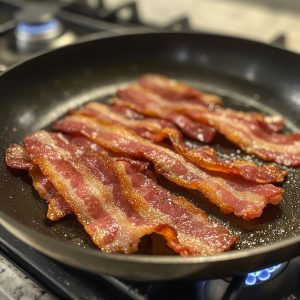
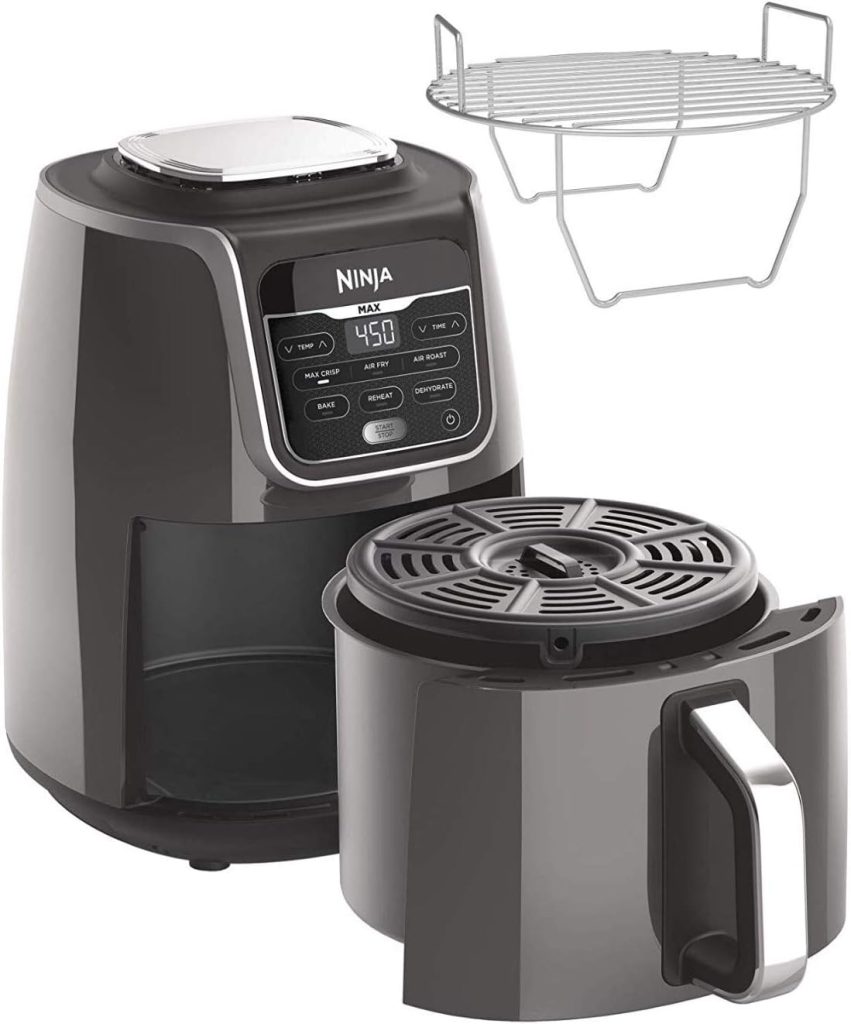
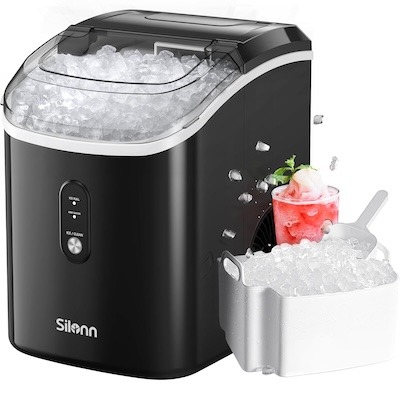

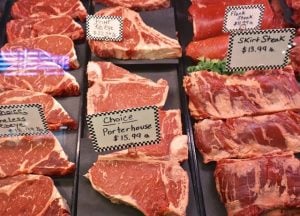
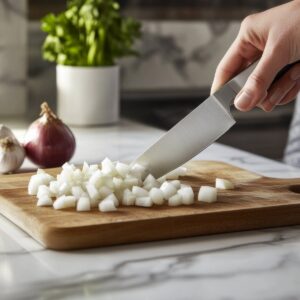
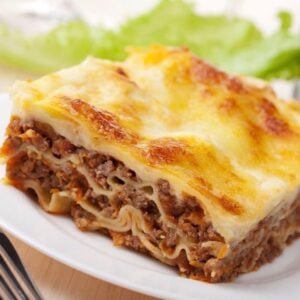
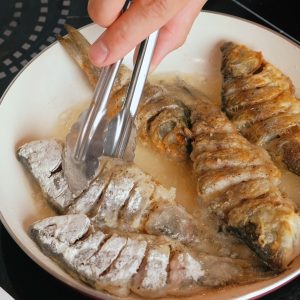

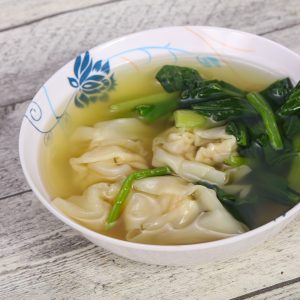


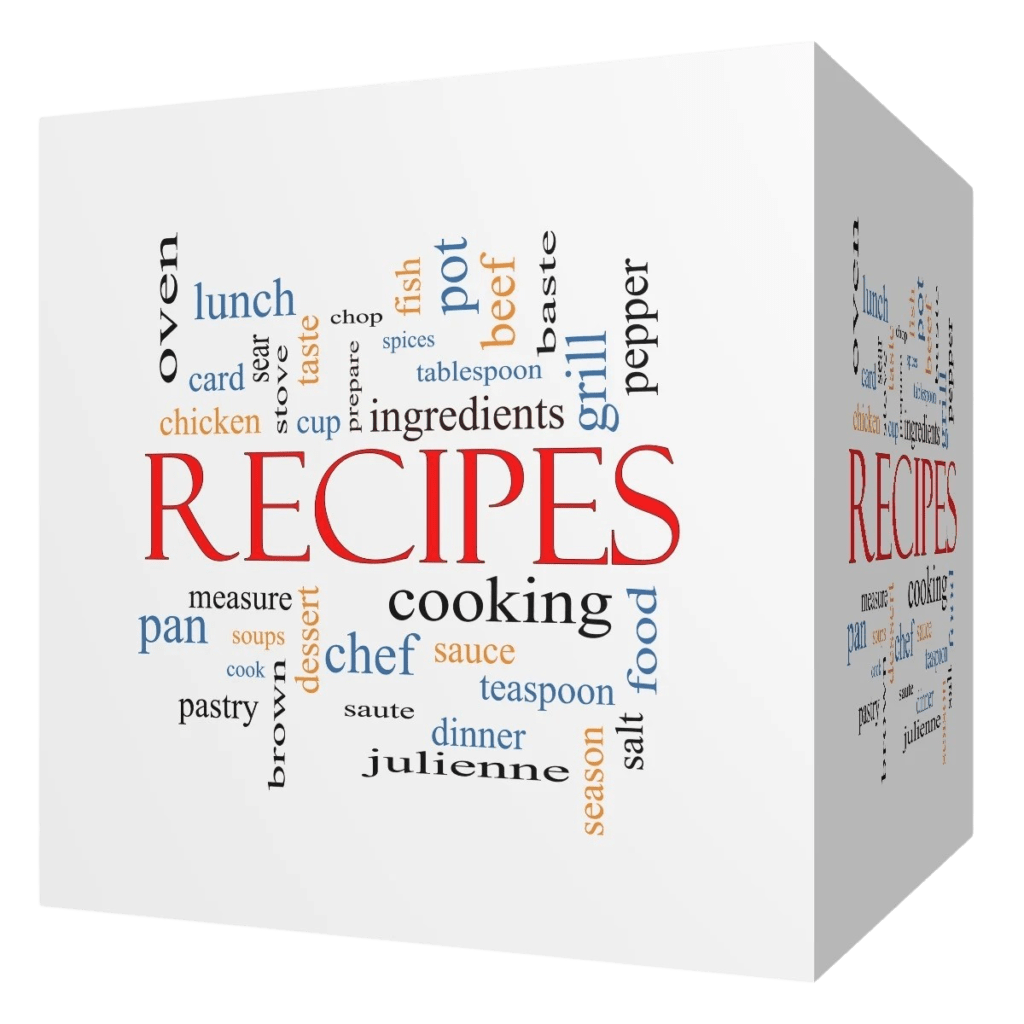
48 Responses
I see the recommended “Resting Time” for the birds, but, I’m looking for the resting time for a beef roast. Where is THAT!??
For steaks, I most often see 3 to 10 minutes. For roasts, I’ve seen 5 minutes per inch of thickness or ten minutes per pound or half of the total cooking time. I just read an article at serious eats dot com and they suggest the best way to know if the meat has rested enough is with a thermometer. They suggest when the center of center of the meat reaches 120 degrees F., the meat is ready to cut and serve. For a 1.5 inc thick steak, this could be 10 minutes and for a prime rib roast, this could take as long as 45 minutes.
Where it says ‘Beef Roasts’ – under Beef Steaks.
Thank you for this article!
There are so many different guides to doneness out there, but very few (none that I’ve come across) really take into consideration resting. The ones that do only give some vague guidelines (ie, take it out before) without giving any specific ideas. I realize that it’s a bit of an art, but this is very helpful.
Thank you, thank you, thank you. I’m convinced this is the best way to determine when your meat is done just right.
No professional chef I’ve ever met would use a instant thermometer the moment you pierce the meat after it has started to cook it starts to toughen & it looses some of the juices this would happen normally through cooking but with the meat pierced it happens at a greater rate. The longer it continues to cook like this after you have pierced it the tougher & dryer it gets at a faster pace then normal. It’s a cardinal sin almost as bad as cutting the steak with a knife to see how it’s done.
Touch is the only way period if you want best results.
In terms of steak this is true. With roasts and whole birds, this is false.
When it comes to a roast beef there is no way you can use the touch method. Also, when I cook a roast beef I use an instant read thermometer and I’ve never had any issues whatsoever with losing juices, and or it becoming dry or tough.
The “top chefs would never pierce the meat” theory is pretty outdated, regardless of if professional chefs still do it or not. A number of sites and chefs have scientifically proven it to be pure myth that the meat loses any significant or detectable, amount of juices or tenderness from piercing. The best analogy was that because of the structure of meat, piercing to check temp is like popping 2 or 3 water balloons out of 100’s. You aren’t going to notice that water missing.
Great chart, very helpful and just what I was looking for to use with my new digital thermometer. Thank you.
Perry, I have also heard the same thing about piercing a steak and how it is no longer the accepted understanding although for a long time I did believe this was true.
What are your thoughts on using the thermometer probes that are left in the meat and the temperature is read outside of the oven. I like using them because, you do not loose heat from the oven each time you open it to check the temperature, and you have less chance of the temperature getting away from you.
Dennis, I think they are great especially for roasts and I agree, the less you open the oven door letting out a bunch of heat, the better.
According to top michelin-starred chefs in Paris, meat should be rested for however long it’s cooked. So, if you roast a 2kg beef joint for 2hrs 30 mins, it should be rested for 2hrs and 30 mins. Not many amateurs will follow this rule, but it is guaranteed to optimise the succulence of whatever meat has been cooked.
Hi Simon, not sure where you read this but I can’t imagine leaving a piece of roasted meat rest for 2 hours and 30 minutes. If you have a source for this information, I would appreciate your sharing it but I would not recommend following these top Michelin Starred chefs in Paris. Who wants to eat cold beef unless it’s a roast beef sandwich?
That’s funny, Simon says but was totally off. Thanks for setting him straight, as I wouldn’t want to eat a cold steak either….knowing him he’d probably nuke it to warm it back up again thus changing the temp again and making it harder to chew.
Simon, I’m pretty sure that advice applies only to steaks. Obviously a roast left at room temperature for over two hours is not going to be “succulent” in any way, it’s going to be cold with hardened, slimy fat and clumpy dripings.
I don’t think Simon was “totally off” at all. I rest my 6kg beef roasts for approximately the same time that I cooked them at. On removal from my barbecue, I wrap the roast in two layers of foil, then wrap a bath towel round it and place in an esky (cold box). They are still warm 4 to 5 hrs later and are perfect I re4st all my meat joints in this manner.
Health inspectors require that any food that is left in the “danger zone” where bacteria grows rapidly for 2 hours to be discarded. In fact, if they find the food anywhere between those temperatures and it is being held rather than being cooled or heated, they require you to throw it away and pour bleach on it in order to prevent the sale of it. This is in America, I’m not sure how strict health codes are in Europe but no, American professionals would never leave rest a roast for that long unless they want to be shut down for a food borne illness outbreak, which happens daily at less reputable restaurants.
Restaurants serve roasts and prime rib all the time, you’re quite mistaken about the entire issue and how health inspectors work.
I’m cooking a roast beef strictly for slicing into thin sandwich meat. I’m following the temps for medium/well for obvious reasons. My question is… How long should i let the roast rest before attempting to slice it with a meat slicer? Also… would you recommend putting it in the fridge to speed up the cooling process?
Any input at all would be welcome.
First of all,if you’re going to roast off a joint of beef for ‘sarnies’,please,cook it rare.Second,I’d recommend leaving the joint loosely covered,with foil,to allow the steam to escape,letting it cool down a bit before you fridge it over-night.Slice it the following day,and you’ll have some lovely sandwiches.Am I invited over for tea ??
Francois,ex-professional chef.
Oh,by the way,having read the previous comments…NEVER,NEVER,NEVER,pierce your meat.If I EVER saw one of my chefs doing that,I’d fire him.
And that includes temp/thermometer probes,too.
And just how do you propose measuring the internal temperature of your meat without piercing it. Feel free to stick by your old techniques, but actual cooking research has shown that piercing has negligible effect on the meat, and allows you to get it cooked perfectly every time.
Yes, I do agree with you and need to go back and revisit this article. Since I was taught many, many years ago that piercing lets the juices “bleed out”, I have seen the light and come to my senses that piercing does not have much if any effect on the outcome. Thank you for reminding me I have to get back and change this copy.
I’ve been cooking for 30 years professionally in high end restaurants, resorts, sports venues etc and have never seen anyone ( other than beginners ) use a thermometer to cook steaks. Whether there is science to back it up or not it just isn’t done. Roasts and chicken are a different story – but I repeat…Real experienced grill chefs do not check steaks with a thermometer for doneness – Period !
It has nothing to do with “‘old” or “new” techniques – it just isn’t done by any professional that is any good
Thanks for reading
Hi Chef B, I would agree with you most professionals use there senses, site, touch and even sound, when determining doneness but when learning how to cook in culinary school, they use thermometers to learn and that’s what I’m suggesting novice and intermediate home cooks do. Saying that, I’ve eaten at many high-end restaurants where I wish the seasoned professional chef used a thermometer because the medium-rare steak ordered came out medium-well. It happens all the time and I’m sure you would send it back but the majority of non professional cooks out there, including myself, do not. Chef, would you mind sharing some of your tips on determining doneness so I can share them with my readers. I am always looking to learn more about cooking steaks and would welcome your comments. Please drop me a line by email and I will give you a call. Thanks.
Maybe this is why very few restaurants actually get my steak done to the level I request? Restaurants in my area seem to have a less than 50% success rate actually getting my steak to the requested medium rare, and it appears that “it’s always been done that way” thinkers like you are the problem!
Why can’t you cook a roast rare for slicing? The butchers sell it rare.
Cooking sous-vide guarantees that the internal temperature is exactly where it should be, and there’s no need for a thermometer or for the meat to rest. You can’t overcook the item, so there’s no worry or stress. Our new device ($180-$200) has, so far, produced perfect pork chops, salmon, mahi-mahi, and chicken breast. In a couple of days, it will enable me to perfectly cook a rack of lamb, and I came to this page in search of a temperature target. I kid you not: perfect, edge to edge.
Hi – great chart, thanks – but do you have a version in degrees Celsius perhaps?
My medium rare beef steaks get eaten right out of the oven. I like my meat hot!
Thermometers are a great tool for the home cook. Of course professional chefs can check the doneness of the meat by touch. My question is “Why are so many ‘professional’ chefs checking this website’s meat temperature and doneness chart?” True professional chefs would already know this information.
Well said Ray.
Well said Ray, I consider myself a foodie of sorts and would not take a chance of cooking a great cut of Prime Rib or Beef Tenderloin roast without a probe. You’re right, why would “professional” chefs be even looking here other than to bore us with their snobby attitudes. I too have been to high end restaurants with less than ideal steaks served to me.
This is a great chart for cooks of any level.
While I appreciate the previous conversations, I am having trouble in guestimating how long to cook a roast based on the internal temperature BEFORE putting it in the oven. Roasting a 7.8 # beef roast that was refrigerated to 40° and taken out for an hour before roasting does NOT bring it up to room temperature brings it up to 49°F. I have no desire to keep checking its’ temp, roasting in a small rv oven causes a significant loss of heat every time the oven for is opened. My cook book says for medium rare after roasting at 450° for 15 min turn down the heat to 325° and roast for 18-20 min a pound. That would be about 2.5 hrs. I know that won’t be enough time. Any guidelines?. I understand the answer won’t help me today but will for the future. Thank you
Hi Sandy, I can see your dilemma so I have a couple of suggestions. First decide what your targeted internal temperature will be based on my chart or any other chart you find useful. If your oven door has glass window, you can use a standard meat thermometer to give you the internal temperature while it is cooking. If you don’t have a window you can look through, there are some wireless digital meat thermometers you can pick up for as little as $20. Some of them will even sound an alarm on your phone to let you know when you hit your target temperature. I don’t like to use the time and temperature recommendations most recipes give you as a guideline because they often lead to overcooking and don’t take into consideration resting time. You can always adjust the time and temperature and then check the meat with a thermometer to see how much more you have to roast the beast.
I love this place! I am doing a 4-H quiz bowl and have to know how to find if meat is done so this comes in real handy! Also, do you have a chart for ham?
Thanks Caroline. Check out my Pork Cuts Charts on Pinterest at https://www.pinterest.com/reluctantgourme/pork-cuts-charts/
Isn’t ham already cooked when you buy it? All that needs to be done is glazing (if desired) and heating.
But WHERE do you test for these ideal temperatures? If by the bone, the rest of the meat is overcooked in my experience. This is the most confusing part by far for me as a non-professional home cook.
Nova Mom, you are correct. You don’t want to test right next to the bone or on the bone. You typically want to insert your thermometer into the center of the thickest part of the meat. For steaks, I like to come in from the side if possible, for chicken I like to poke the thigh away from the bone. I should work on a chart of where I like to test meat temperatures so please let me know readers, where you test for ideal temperatures.
Hi all.
What a great site to find giving good professional advice on cooking meat, I can now cook meat with confidence and get a perfect result every time.
Just one thing would make the site perfect, please add the centigrade equivalent temperatures as in an awful lot of countries like Australia, everything is calibrated in centigrade.
Thanks for the kind words Phil and I will try be more mindful of centigrade equivalents.
I’m not a professional chef, but I use the “touch test.” When I order steak at a restaurant, and they ask me to cut into it to check, I just press it with the flat of the knife and I know immediately.
Same with grilling at home – it’s easy to learn the touch test!